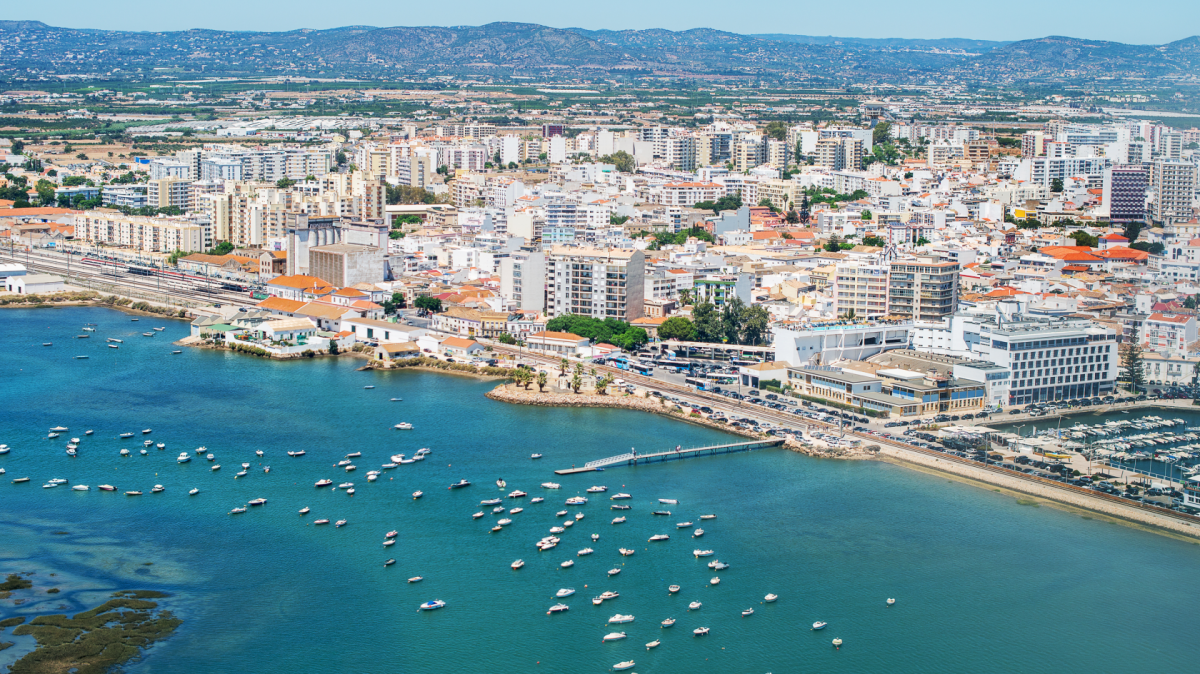According to Professor Óscar Afonso, Director of the faculty and co-author of the report, GDP per capita adjusted for purchasing power has been overestimated because official figures do not account for the full resident foreign population. “In 2023, the official figure placed Portugal’s standard of living at 80.7% of the EU average, ranking 18th. However, corrected with the AIMA data, it drops to 78.9%, moving Portugal to 19th,” Afonso explained.
Projections suggest the gap widens slightly over the coming years. In 2024, 2025, and 2026, the corrected figures are 79.18%, 79.27%, and 79.47% respectively, each roughly 2.4 percentage points below the official EU Commission estimates.
The discrepancy stems from AIMA’s updated figures, revealed in an interim report in April, which reflect a significant increase in legally resident foreign nationals, which is data not yet incorporated into the National Statistics Institute (INE) records. The foreign population rose sharply, from 4.1% increase in 2017 to 14.4% in 2024, reaching an estimated 1.6 million people.
The study suggests Portugal currently needs around 80,000 immigrants annually to reach the top half of EU countries by 2033. However, Afono stresses that immigration policy must align with economic needs to avoid underemployment and poor integration. He adds that “we must treat all human beings with dignity, but it’s important not to attract people the economy can’t support.”
The report warns that without reform, Portugal, which was once ahead of Romania, could soon fall people. By 2026, both countries will be nearly level, with Romania potentially overtaking Portugal in living standards for the first time.














